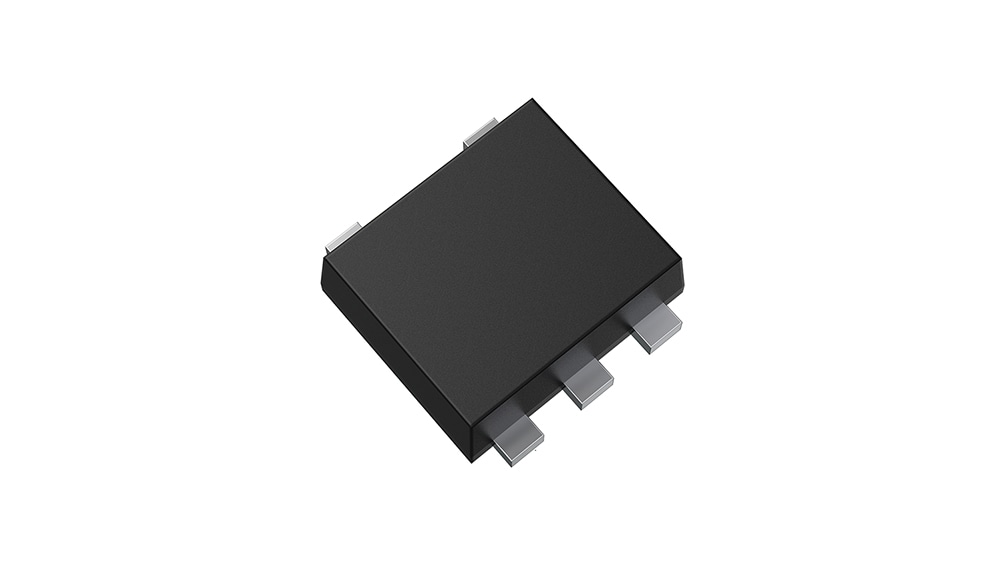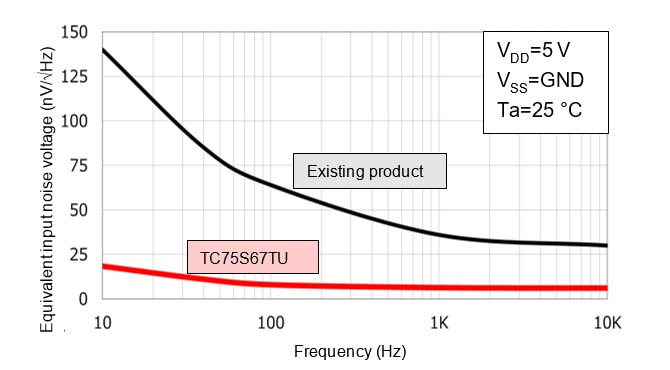- 半導體首頁
-
應用Automotive
Body Electronics
xEV
In-Vehicle Infotainment
Advanced Driver-Assistance Systems (ADAS)
Chassis
IndustrialInfrastructure
BEMS/HEMS
Factory Automation
Commercial Equipment
Consumer/PersonalIoT Equipment
Healthcare
Wearable Device
Mobile
Computer Peripherals
-
產品車用元件
Discrete Semiconductor
Diodes
電晶體
通用邏輯IC
Analog Devices
Digital Devices
Wireless Devices
※
: Products list (parametric search)
功率半導體※
: Products list (parametric search)
隔離器/固態繼電器Photocouplers
Digital Isolators
※
: Products list (parametric search)
MOSFETsIGBTs/IEGTs雙極性電晶體※
: Products list (parametric search)
Diodes※
: Products list (parametric search)
微控制器馬達驅動 ICs智能功率 ICs※
: Products list (parametric search)
電源管理 ICs線性 ICs※
: Products list (parametric search)
通用邏輯 ICs線性影像感測器其他產品其他產品
※
: Products list (parametric search)
-
開發/設計支援
開發 / 設計支援
-
技術知識
- 購買管道
- 型號 & 關鍵字搜尋
- 交叉搜尋
- 參數搜尋
- 線上庫存查詢跟購買
This webpage doesn't work with Internet Explorer. Please use the latest version of Google Chrome, Microsoft Edge, Mozilla Firefox or Safari.
型號需要超過三個文字以上 Search for multiple part numbers fromhere.
The information presented in this cross reference is based on TOSHIBA's selection criteria and should be treated as a suggestion only. Please carefully review the latest versions of all relevant information on the TOSHIBA products, including without limitation data sheets and validate all operating parameters of the TOSHIBA products to ensure that the suggested TOSHIBA products are truly compatible with your design and application.Please note that this cross reference is based on TOSHIBA's estimate of compatibility with other manufacturers' products, based on other manufacturers' published data, at the time the data was collected.TOSHIBA is not responsible for any incorrect or incomplete information. Information is subject to change at any time without notice.
型號需要超過三個文字以上
Realizes high-sensitivity and high-precision sensing performance

The role of various sensors (motion detector, distance sensors, current sensors, etc.) built into home appliances, which are rapidly becoming smarter, are increasing. There are various types of sensor used in home appliances, but the detected signals output from the sensor are very weak, so in general, they are amplified by an op-amp. The op-amp used for amplification is required to have a low noise level so that its own noise does not mask the weak sensor output.
TC75S67TU is a low-noise op-amp that significantly improves equivalent input noise voltage (VNI) compared to existing products. In addition, since the input bias current is small, an offset adjusting resistor is not required.
By using TC75S67TU with high-performance sensor components, high-sensitivity and high-precision sensing performance can be realized.
This section introduces the noise characteristics of TC75S67TU and examples for sensing applications.
Product Features
- Low noise level, suitable for various sensing applications
- Low current consumption and low power supply voltage
- Small package UFV (2.0 mm × 2.1 mm × 0.7 mm)
- Useful application notes, reference designs, and other documents on the web save design cycle time
Low-Noise CMOS Operational Amplifier Ideal for Sensor Signal Amplification
Equivalent input noise voltage
The noise is two types, one is 1/f noise distributed in the low frequency range and another is white noise distributed in the wide range. Both noise level of TC75S67TU are greatly improved compared with existing products.
The low noise level of 6 nV/√Hz (typical, GV=40dB) at f=1 kHz, which is 82 %, and 16 nV/√Hz (typical, GV=40dB) at f=10 Hz, which is an 86 % better than our existing product. The noise characteristics below shows flat in wide frequency range compared with existing product.

Since the equivalent input noise voltage is defined as the input signal level which dividing the output noise of the op-amp by the gain. If this value is smaller, then the op-amp can handle weaker input signal. This means that the sensor element output can be handled at a lower level, thus sensing performance such as sensitivity and accuracy are improved.
Such noise characteristics of TC75S67TU improves the sensing performance of various sensors. It is particularly useful for improving the performance of pulse and motion detectors with lower signal frequencies.
Reference designs of various sensor applications
We post sensor application reference designs using TC75S67TU on website. Each of them is used for amplifying signals and filtering unwanted frequency components. Application circuits and board pattern diagrams are available on the web. Please use them from each link destination.
Pulse sensor
Light is irradiated on the blood flow and the reflected light is detected by the photo sensor. Reference design has two boards, one is sensor unit and the other is amplifier unit.
To download the Pulse sensor reference design
Motion sensor
Pyroelectric infrared sensor element detects temperature changes using infrared rays generated by human movement.
To download the Motion sensor reference design
Current sensor
A 100 mΩ shunt resistor detects the current as a voltage. The current signal is very small so TC75S67TU amplifies it, output amplified signal to MCU, then MCU reads the voltage and converts as current to show.
To download the Current sensor reference design
Distance sensor
The distance is calculated by measuring the time between transmitting ultrasonic wave and receiving the wave reflected by an object by ultrasonic sensor.
To download the Distance sensor reference design
Recommended products
A wide range of products is available, including low noise type, low current consumption type, and input/output full range type (input/output Rail to Rail).
Part Number |
TC75S67TU |
|||
|---|---|---|---|---|
Datasheet |
||||
| Package (Width×Length×Height mm) |
SOT-353F (UFV) |
|||
Operating Ratings |
Supply voltage VDD-VSS (V) |
2.2 to 5.5 |
||
Electrical Characteristics |
Supply current IDD (μA) |
typ. | @VDD=2.5V | 430 |
| max | @VDD=2.5V | 700 | ||
Input offset voltage VIO (mV) |
max | @VDD=2.5V | 3 |
|
| Source current Isource (mA) | typ. | @VDD=2.5V | 2.5 | |
Sink current Isink (mA) |
typ. | @VDD=2.5V | 3.5 |
|
| typ. | @VDD=2.5V, f=10Hz | 16 | ||
| Equivalent input Noise Voltage VNI (nV/√Hz) | typ. | @VDD=2.5V, f=1kHz | 6 | |
| Unity Gain Cross Frequency fT (MHz) | typ. | @VDD=2.5V | 3.5 |
|

